Most of my gaming is done on my Windows rig or the PlayStation 5, and while I tend to play a few casual titles on my phone, they don’t need a controller. I didn’t bother with mobile controllers up to this point, but using the Steam Deck reinvigorated my interest in handhelds (I’m obsessed with Balatro), and I wanted to see what Android has to offer.
It didn’t take long to realize that Android has a lot of amazing games, so I needed to get my hands on a mobile controller. I have a dozen PS5 and Xbox controllers, but I wanted something designed to be used with a phone, and my search led to GameSir, specifically the G8 Galileo.
The G8 Galileo is GameSir’s latest mobile controller, and it has a lot of unique features. It has full-size triggers and buttons, and it is just as comfortable to use as the Scuf Reflex Pro, my preferred PS5 controller. It has an extensible design that can easily slot in a variety of phones, and the USB-C port pivots, making it incredibly convenient to attach a phone to the controller.
If you’ve tried out a mobile controller but weren’t satisfied with the sizing or build quality, you should take a look at the G8 Galileo.
GameSir G8 Galileo: Pricing and availability
GameSir unveiled the G8 Galileo in November 2023, and the mobile controller costs just $79 on Amazon. You can also buy it for the same $79 retail price via GameSir’s website, and while you don’t get a carrying case with the package — unlike other GameSir products — you can buy a bundle by shelling out an additional $10.
GameSir G8 Galileo: Design and features

The G8 Galileo is larger than other mobile controllers, and this is a good thing. Using it against GameSir’s X3 controller, the difference is immediately noticeable — the full-size D-pad, triggers, and buttons make it feel closer to using an Xbox controller, and that goes a long way while gaming.
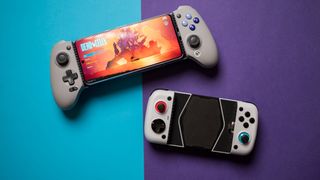
The fit and finish is outstanding; the G8 Galileo feels much better in-hand than the X3, and the contoured design at the back with the textured finish makes it incredibly comfortable to hold and use. That said, it is on the heavier side at 251g, and when you add the weight of a phone, you’re going to notice the heft, particularly during marathon gaming sessions.

The G8 Galileo is available in a grey color scheme, and it looks decent enough in its own right. The faceplate is attached magnetically to the controller, and is easily detachable. But seeing as how the brand doesn’t sell faceplate designs (yet), you don’t get much in the way of customization. What you do get is a choice of three thumbsticks — short, tall, and dome — and you can easily switch these out as needed.
Slotting in a phone is pretty straightforward; the G8 Galileo has an extensible design with the left side stretching outward, and while GameSir says the controller can accommodate phones with large camera modules, that isn’t the case. Most 2024 phones had an issue with the fit; the Find X7 Ultra, Xiaomi 14 Ultra, Magic 6 Pro, Vivo X100 Pro, and even the OnePlus 12 jutted out as there just wasn’t enough clearance for their camera housings.
Thankfully, the iPhone 15 Pro Max, Pixel 8 Pro, and the regular Xiaomi 14 slotted into the G8 Galileo without any issues, so I used the controller with these phones. The Zenfone 11 Ultra would have been an ideal choice, but as its USB-C port isn’t centered, it just looked awkward when attached to the controller.
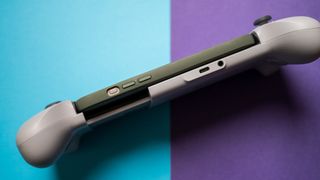
Cases aren’t a problem, as long as they’re not rugged; I use a case with my Pixel 8 Pro and iPhone 15 Pro Max, and there was enough clearance to fit both phones comfortably. My favorite feature is the pivoting USB-C port; it just allows you to slot in a phone with a minimum of hassle, and there’s no worry of the port snagging on a phone when you take it out.
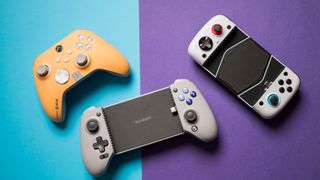
While there’s clearly a lot to like on the design side of things, the G8 Galileo isn’t geared for portability. The mobile controller is just too big, and unlike other GameSir controllers, you don’t get a hard shell carrying case — that obviously hinders its usability outside the house.
GameSir G8 Galileo: Performance

The best thing about the G8 Galileo is that it is just like an Xbox controller in daily use, and that gives it a distinct edge. Most mobile controllers I used to this point had smaller buttons and triggers, and that gets annoying really fast. Thankfully, that just isn’t an issue with the G8 Galileo, and it is just as comfortable as a regular controller.
The buttons have great tactility and feedback, and the triggers have a good range of motion. The textured back design makes holding and using the controller easier, and even though it gets heavy once you add a phone, it isn’t too uncomfortable even with extended gaming sessions.
What I also like is that it has paddles at the back, and they’re easily configurable; you don’t need to do fiddle with the software. There’s no drift issues with the hall effect thumbsticks, and even with extended use, they held up just fine — there are no problems in this area. If the bundled thumbsticks aren’t to your liking, you get different-sized options in the package, and it’s easy to switch them out.

There’s a 3.5mm jack on the controller as well, and it allows you to easily plug in IEMs. Another useful addition is pass-through charging; you can charge your phone by plugging in the charger to the USB-C port located on the side of the G8 Galileo.

The G8 Galileo is terrific in daily use; it automatically works in titles that can be played with a controller, and there’s no latency whatsoever — as you’d imagine. The biggest differentiator is the larger size, and it allows the controller to be comfortable even after extended gaming sessions. In fact, it’s for this reason that I ended up playing a lot more than I thought I would via my phone.
If you prefer cloud gaming, the G8 Galileo integrates with GeForce Now and Amazon Luna. I tested it with Steam Link, and there were no problems.
GameSir G8 Galileo: The competition

The Backbone One is still one of the best mobile controllers around. It is on the smaller side and is easier to take on the road, but you miss out on full-size buttons, and there are no paddles on the back. And at $99, it isn’t as affordable as the G8 Galileo.
I use Scuf’s controllers extensively, and the brand just rolled out its first mobile controller, dubbed Nomad. It connects over Bluetooth 5.0 and is designed to be used with iPhones, and like the G8 Galileo, it has full-size triggers and thumbsticks. Coming in at $99, it is costlier, but if it’s anything like the Reflex or Instinct controllers, it should be fabulous.
GameSir G8 Galileo: Should you buy it?
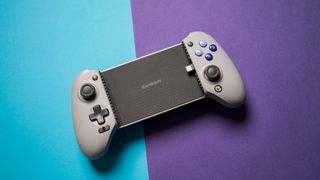
You should buy this if:
- You want a mobile controller with great build quality
- You need a controller that’s extremely comfortable
- You need a plug-and-play device that doesn’t need any tinkering
- You need hall effect thumbsticks
You shouldn’t buy this if:
- You need a portable mobile controller
- You have a phone with an oversized camera island
As I said at the beginning, I haven’t paid much attention to this category in the past, but GameSir’s G8 Galileo delivers everything I need in a mobile controller. The size is just right; it is large enough to get a comfortable grip, and the buttons and thumbsticks are terrific.
Passthrough charging and the addition of a 3.5mm port make it just that little more versatile, and I like the pivoting USB-C connector — I paired the controller with a lot of phones, and I wasn’t worried about the port damaging any device. The only quibble is that it doesn’t work with phones that have sizeable cameras, and that’s most high-end phones these days. That said, it wasn’t an issue with the Pixel 8 Pro or the iPhone 15 Pro Max.
I didn’t see any issues with the build quality either in the six months I used the G8 Galileo, and while it isn’t as easily portable as GameSir’s other products, it is one of the best mobile controllers around.
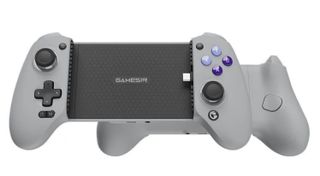
With a comfortable design and high-quality buttons and triggers, the G8 Galileo is an outstanding mobile gaming controller.










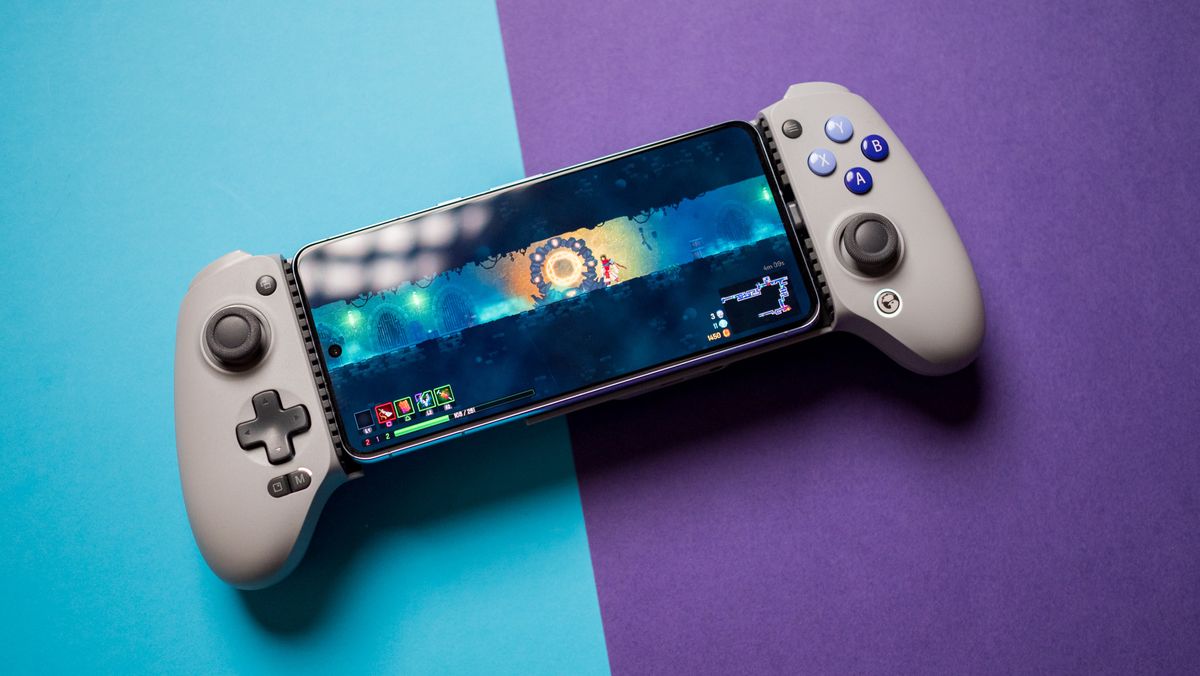

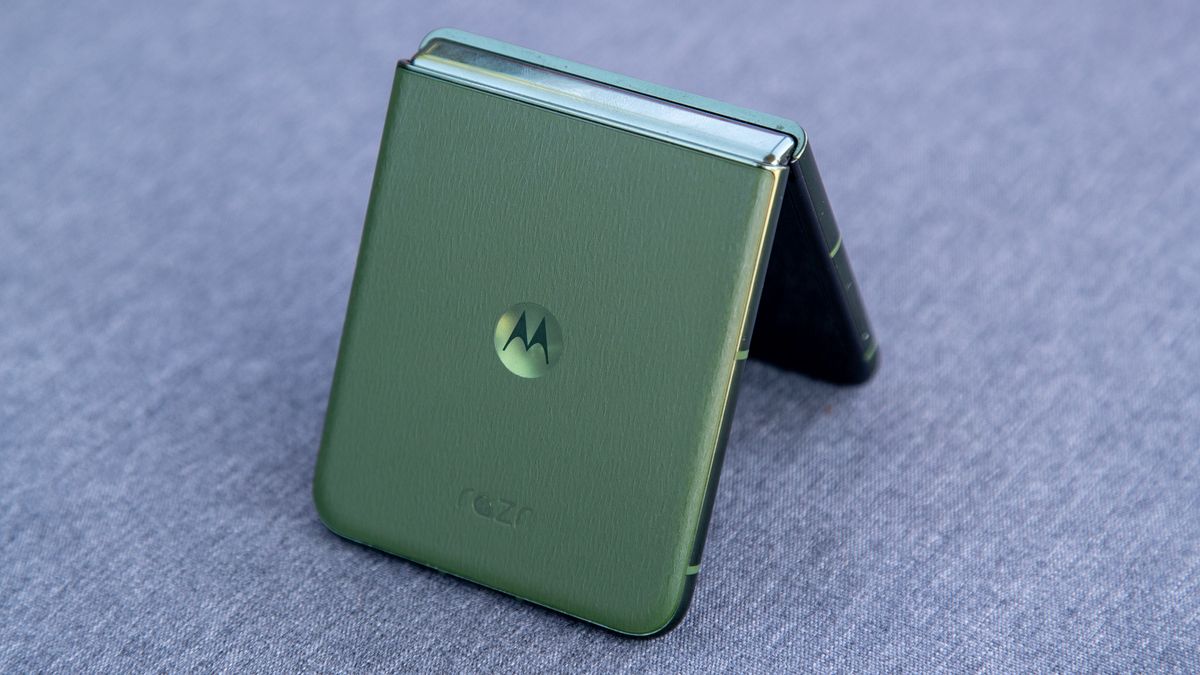

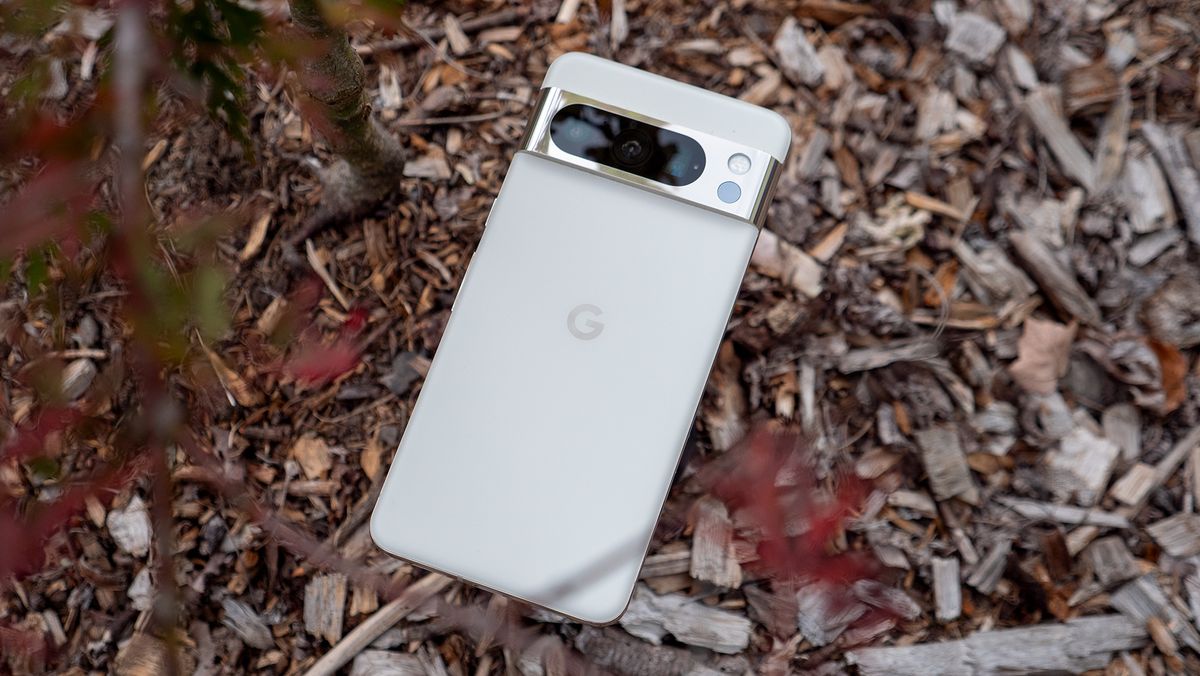



![Ep266: [Lean Series] How to Plan a Responsible Fat Loss Phase Ep266: [Lean Series] How to Plan a Responsible Fat Loss Phase](https://carrotsncake.com/wp-content/uploads/2024/06/Carrots-N-Cake-VIP-Nutrition-Coaching-768x1040.jpeg)
.jpg)

Discussion about this post